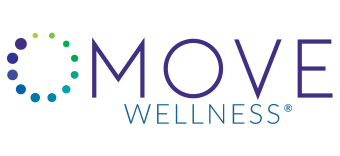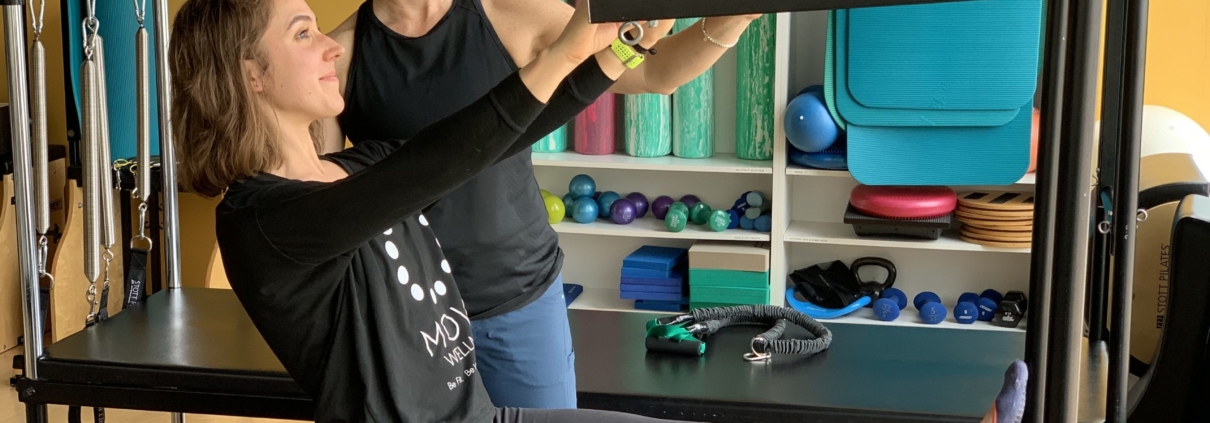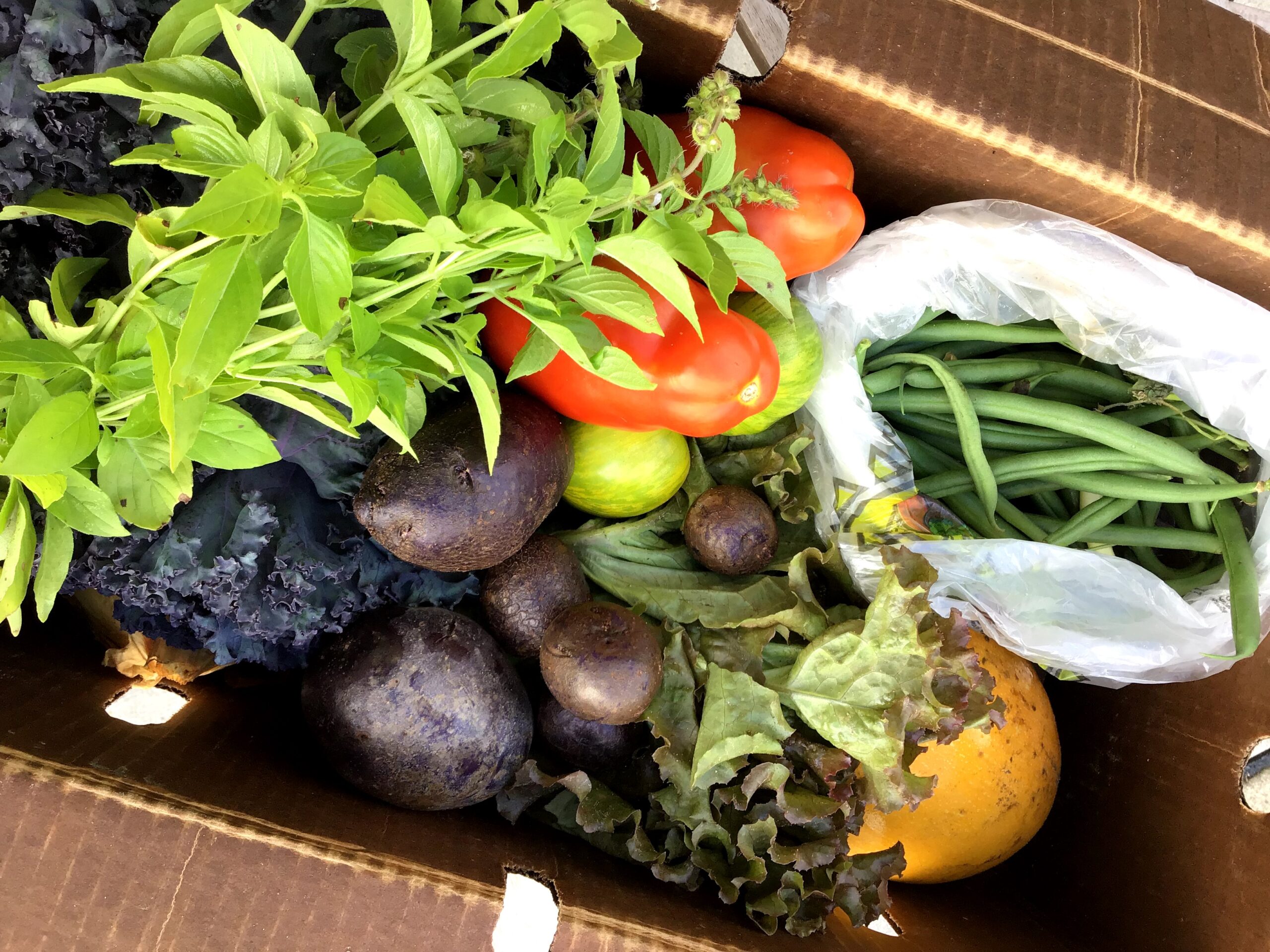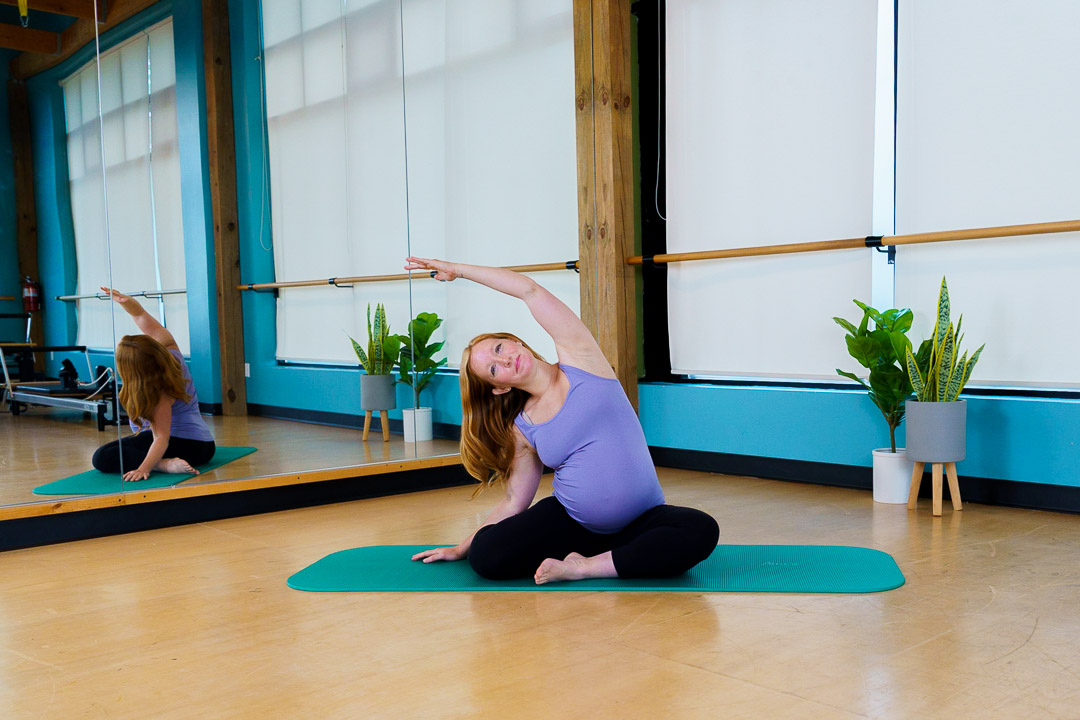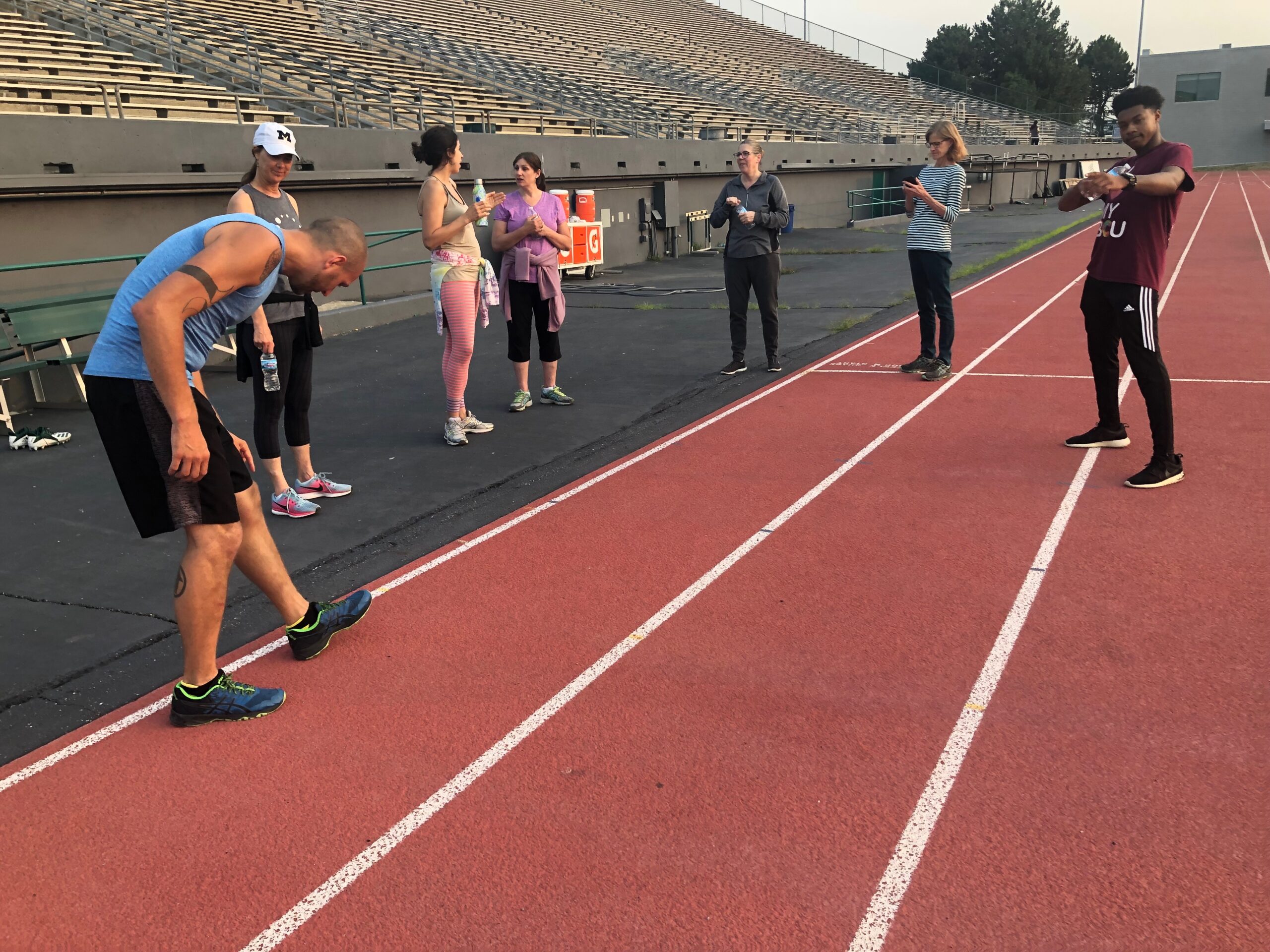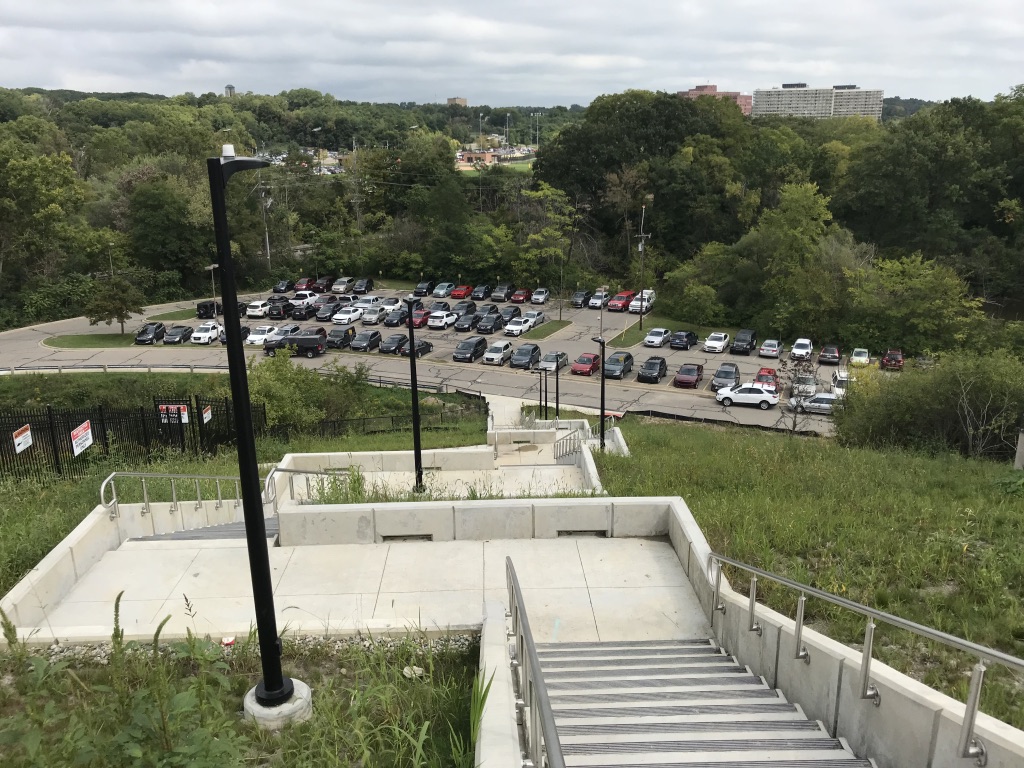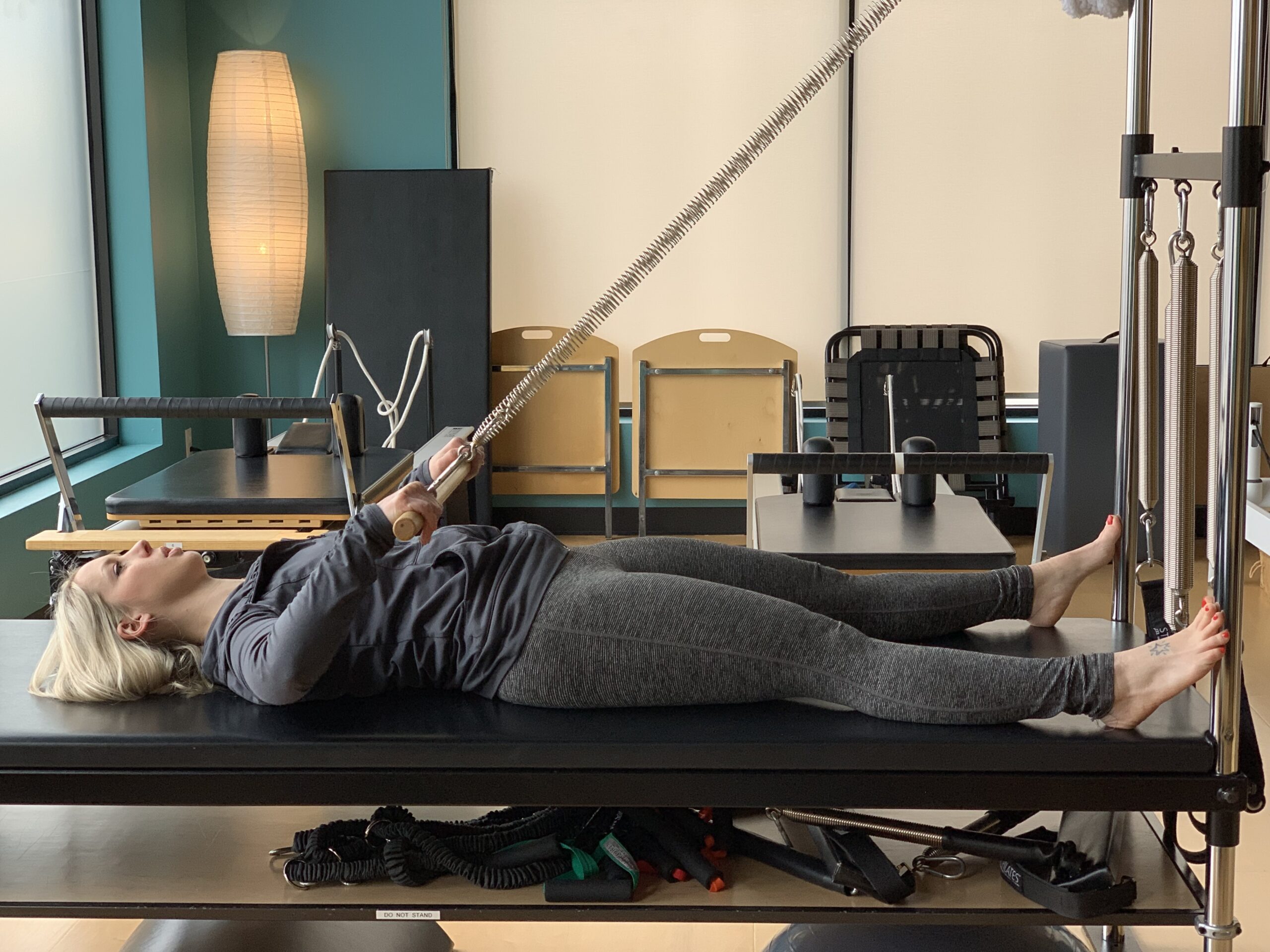Gyms have come a long way in the last couple decades. Big, beautiful facilities with pretty reasonable fees and equipped with all the bells and whistles: pool, steam room, hot tub, indoor tracks, child care, snack bars, and cardio equipment for miles, complete with a tiny personal tv for your viewing pleasure. So then, why do so many people seem to be turning to local boutique fitness studios for their personal health and wellness needs? It may come down to that one simple word: personal.
Creating a fitness studio built for you
It’s been nearly six years since my business partner Robin and I opened MOVE Wellness in Ann Arbor, Michigan. But before tackling this new venture, I spent 12 years teaching Pilates and GYROKINESIS® at a large fitness center in the small town where I live.
It was a big, lovely facility serving somewhere around 2,500 members and had every amenity and piece of gym equipment you could possibly desire. The warm, cushy seating area with fireplace, coupled with the snack bar and daycare, gave me a place to safely park my young boys for an hour while I taught class. The gym staff and management were personable and caring toward all of the members and I loved how often I ran into friends and fellow community members there.
For many people, the affordability of the membership and convenience of the full-service facility were a perfect solution for exercise classes and personal fitness options. And yet, there were two primary things that kept nagging at me as I observed the hundreds of members moving through their daily routines there over the years: 1) They were all being handed a one-size-fits-all fitness solution and 2) None of them seemed meaningfully connected to their own bodies and wellness while there.

Fitness studios built for you
Any physical movement should be enjoyable. Even if you’re challenging yourself and focusing on weight loss or strength training, you still need to enjoy what you’re doing and want to keep doing it in order to accomplish your goals.
Most days, when I would walk through the cardio and equipment areas at my gym, I’d see person after person looking somewhat pained and even unhappy as they went about their treadmill routine or circuit training all in the name of personal well-being and health. I’d also see lots of little things that I could easily help them adjust or correct in order to keep them safe, help them maximize their workouts, and understand how their bodies were supposed to feel while doing that work correctly. But the rhythm and environment of those larger gym spaces aren’t really set up for that kind of one-on-one support and guidance.
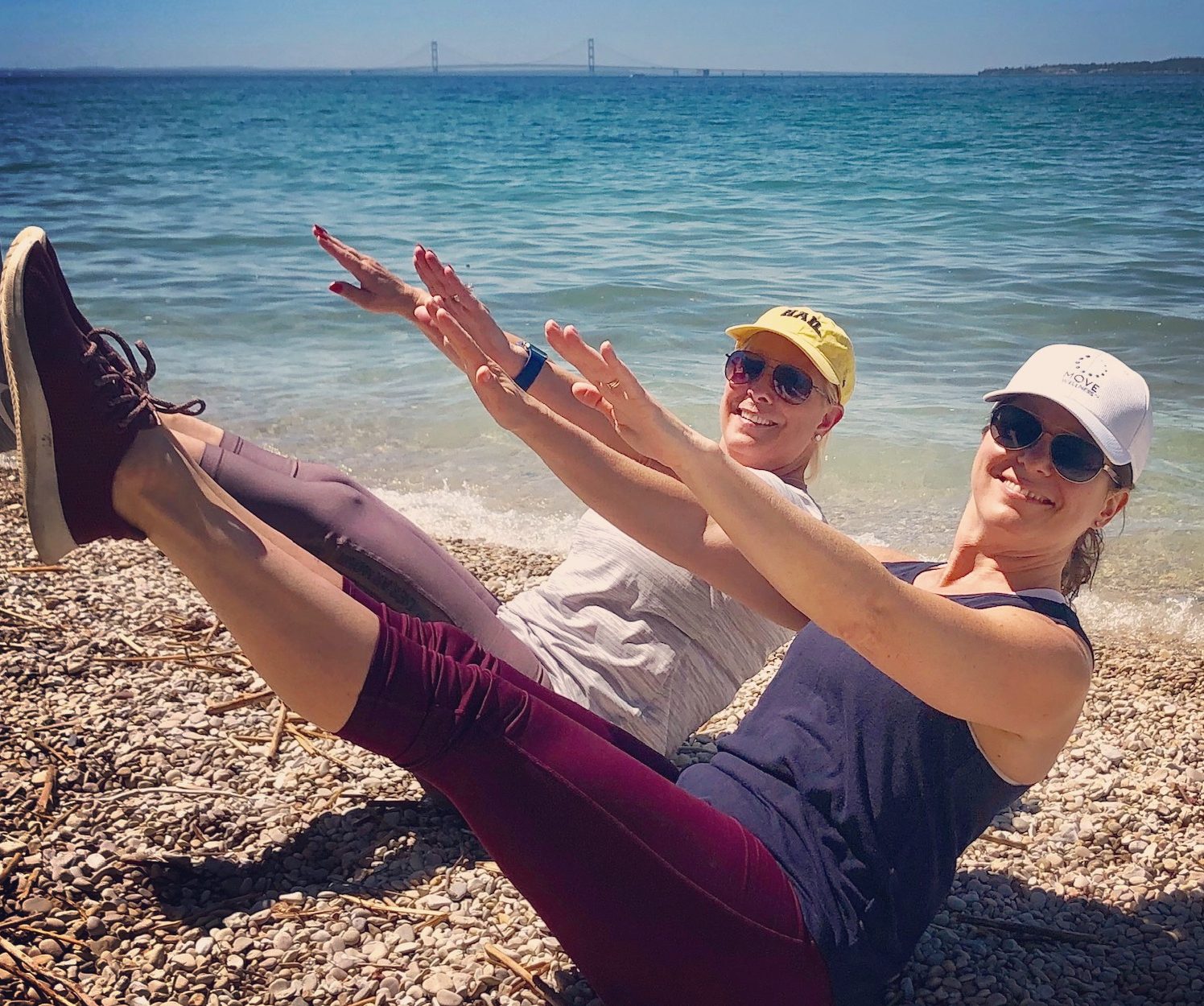
As someone who grew up dancing and learned to love moving my body at an early age, I decided that I could offer people something better. While we teach specific movement practices like Pilates, yoga, GYROKINESIS® and GYROTONIC® at our studio, the goal is to use those forms to empower people of any age and fitness level to be strong, healthy and capable of moving in ways that make them happy—walking, running, gardening, crafting, dancing, morel mushroom foraging, or whatever it may be.
Further, I wanted to create a space for people who wanted to be empowered in that way. A smaller fitness studio is designed for people who want to know why certain things are hurting or affecting their lives in the ways that they are, and get expert help in unraveling those issues and developing a better understanding of what safe, strong, effective activity and exercise should feel like.

In that spirit, here are a few key things to consider when deciding if a large gym or boutique fitness studio is right for you:
Fitness memberships: Cost vs. value
The affordability of a traditional gym membership is of course one of the primary reasons that many people choose larger centers. However, the only reason those centers are able to offer those reasonable membership fees is because their business model relies on as many as 50% of their members never actually coming to the gym. Yes, you’re going to pay a little more for a membership at a smaller fitness studio. But, as is the case with so many other things that really matter in life (like your health), you get what you pay for.
When you choose a boutique studio, you’re paying for personalized service and a depth of expertise that you simply won’t get at a big gym. Smaller studios typically hire stronger caliber instructors and trainers, many of whom have the advanced training and education to address the needs of people recovering from injuries and surgeries or with conditions like osteoporosis. Many small studios like ours also spend time cultivating close relationships with fellow healthcare providers and local experts to offer you a more comprehensive network of wellness support.

Small group training vs. large fitness class size
Yes, when you just want to go move your body, have some fun and not really worry about what you’re doing and why, a room full of people with loud music can be a lot of fun. And those kind of fitness classes have their place. But when it comes to technique, proper form, personal goals and safe movement principles, smaller class sizes with six to eight people are where you want to be.
Movement systems like Pilates and GYROKINESIS®, and even yoga, are only effective if instructors have the time and space to connect with you individually and clearly communicate the fundamentals of those exercises. Smaller class sizes are efficient. They help get you moving correctly and feeling stronger more quickly. In a nutshell: They help you move and work smarter, not harder.

A fitness plan with structure and accountability
Despite good intentions and the best efforts, larger gyms are not equipped to offer personal accountability for their members. To really offer that personalized support and connection that most of us need, trainers need time to listen to you and to get to know your individual body, needs, and lifestyle. While a large gym may offer variety and convenience, including personal training, they are not designed to help you create a customized fitness routine and wellness plan and support you as you progress toward individual goals or adjust accordingly as your needs change.
Small wellness studios create meaningful community
For the last several years, countless scientific studies have confirmed that longevity and social interaction are connected. Loneliness and lack of community are now considered major risk factors for our long term health and wellness. And while larger fitness clubs and gyms can and do offer plenty of opportunities to see and be around other people, those interactions aren’t always as deep and meaningful as they could be.
In some cases, a larger fitness center catering to hundreds of people of all ages and types can feel like more of a quantity versus quality type experience. Whereas smaller boutique studios often shape their business models and services around creating meaningful interaction between trainers and clients and rich community among those clients.

Doing what’s right for you and your body
You know yourself better than anybody. And you deserve fitness and wellness solutions that work for you. And the reality is that what may work for you today, may not be what worked for you five or 10 years ago, or what will work for you five or 10 years from now.
Take the time to assess what you have going on, what your needs are, what your goals are, what your lifestyle is like right now. Take the time to research the options available to you. Swing by and visit the gyms and studios near you, talk to the people who work there, the people who are members there, and see which fit is right for you.
Ready to get your own personal fitness plan rolling?
Sign up for an introductory package today, call 734-224-2560, or email us to chat about your options, or stop by the studio to say hello in person.
